Museums / Global
Museum pieces
Museum culture has altered radically in recent years. Here we spotlight the most exciting venues and ask what makes an ideal 21st-century museum.
This month, London’s Tate Modern celebrates its 10th anniversary. Since it opened, it has not only seen a threshold-threadbaring 45 million people walk through its doors, but it has witnessed quite a change in museum culture. MoMA has got new digs, Abu Dhabi has bought itself a spot at the cultural top table and museums have moved away from their traditional identity as academic centres and become social hotspots: in a recent report, just 43 per cent of visitors to Tate Modern listed the art as the reason for their visit.
Mirroring the pre-recession boom in the art market, the past 10 years have also seen a new generation of museums emerge. In this survey, we profile some of the new centres that have quickly moved centre-stage in an increasingly over-saturated market and ask art industry leaders how older institutions can maintain their world-class positions. In the next seven pages, monocle attempts to pinpoint the many elements that do, and sometimes do not, make up the perfect museum.
Museum 01
Design Museum
Holon, Israel
One leg of the multi-billion-dollar Middle East museum race has been conquered. The highly coveted spot was nabbed by Israel when it opened the region’s first Design Museum in March. South of Tel Aviv in the industrial town of Holon, the twisted metal edifice – which from a distance looks like a curly lock of crimson hair – is Israel-born Ron Arad’s first major public building. The $18m (€24m), split-level structure is one of five new museums – including the Centre for Digital Art and the National Israeli Cartoon Museum – inaugurated under the tenure of mayor Moti Sasson. Since taking office in 1993, Sasson has made what was once a lacklustre city of 170,000 into a bona fide cultural mecca. “Every city must have a soul and life,” says creative director Galit Gaon. “For us in Holon the focus was culture and art. As a result of this push, this is now a city with an identity.” The hope is this nascent institution, which boasts no curatorial staff (only invited design luminaries to coordinate each exhibit), will do for Holon what the Guggenheim did for Bilbao. “Yes, the expectations are high,” says Gaon. “Now we are design ambassadors.”
dmh.org.il
Three other pace-setting design museums
01
MAK, Vienna
A great collection shown off in a trad-meets-glass Libeskind makeover.
02
Tokyo
Ambitious exhibitions and practical workshops under Tadao Ando’s elegant roof (see women’s fashion, page 172). 03 Cooper-Hewitt, New York Solid as a rock.
Why it works
01
Regenerator
The mayor of Holon has totally revamped a once industrial town, inspiring other second-tier Israeli cities to do the same, for example: Bat Yam and Herzliya.
02
Nimble
Because they are small cities they are able to take big risks.
03
Variation
There are no staff curators, so each show will be distinct from the next.
04
Credibility
Despite limited means, this town made a design museum happen even before the oil-rich Gulf.
05
It’s an HQ
Holon is the first anchor for the Israeli design diaspora, which until now has always needed to leave the country in order to show their work (think Arik Levy and, of course, Ron Arad).
ESSAY 01
On collections
Frances Morris, head of collections, international art, Tate, London
The key thing we did when we opened Tate Modern 10 years ago was this idea that a collection is a continuous laboratory for experimentation.
We broke a mould by hanging our collections thematically and not chronologically and we broke it very loudly and publically – a lot of people recoiled. Before the museum opened we set out a chronology on paper of our collection. Frankly it didn’t look very good.
We had art from western Europe and North America, where was the rest of the world? Where were photography, film and video? We had big holdings of Pollock, we had Beuys in great depth. But really important women artists were completely absent. We felt if we told a history, it would be a very strange history. Over the past 10 years, we have tried to fill those gaps. We have some money from public aid, about £1.4m a year. We rely on fundraising, patrons, an international council and individuals who give cash. It’s heaven when you open up a letter and it’s an offer of a gift.
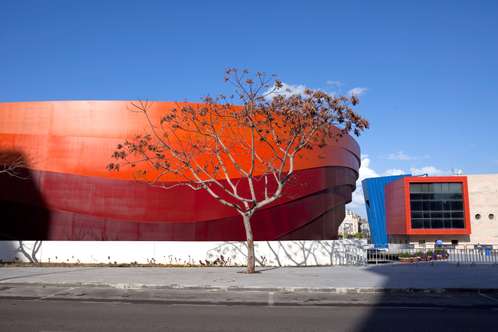
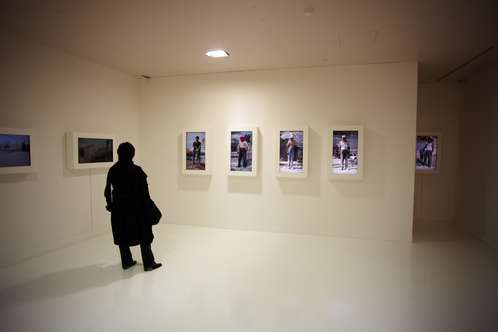
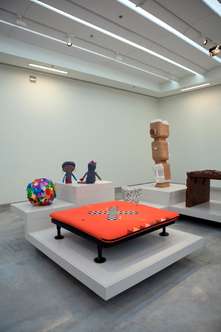
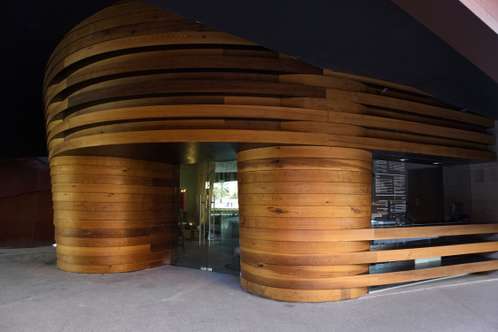
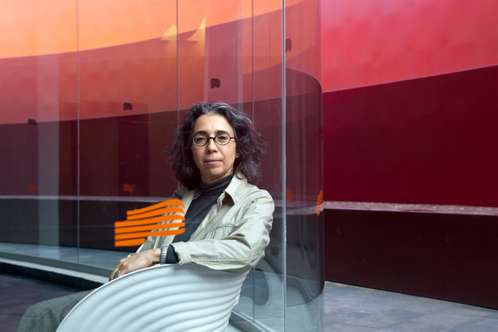
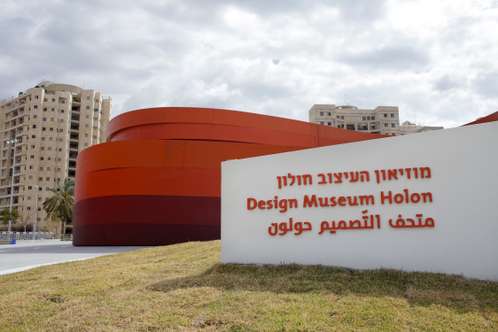
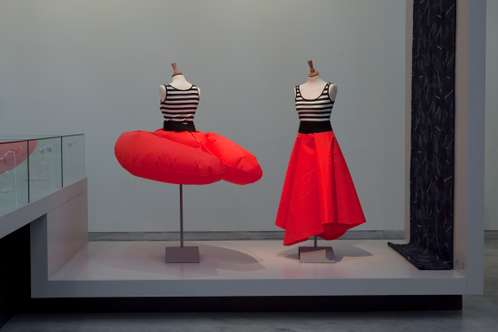
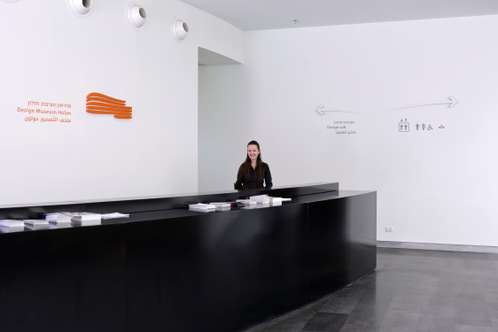

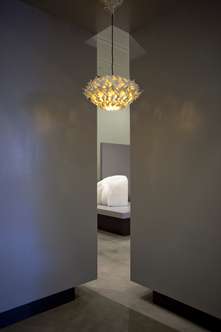
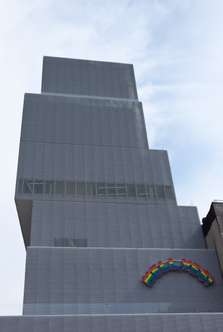

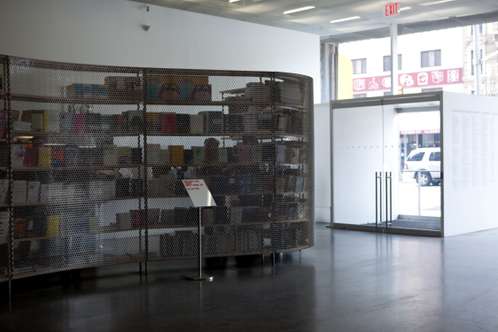
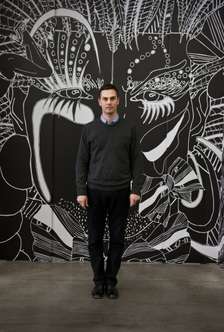
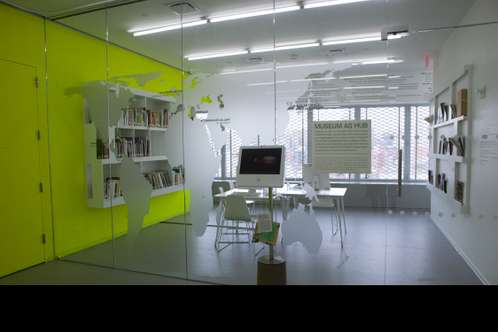

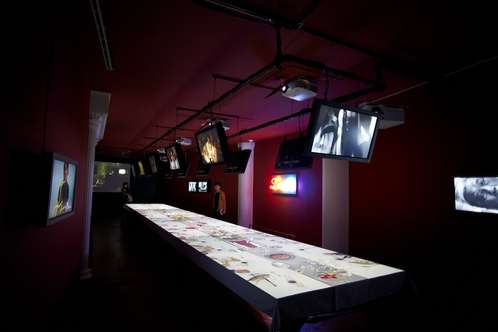
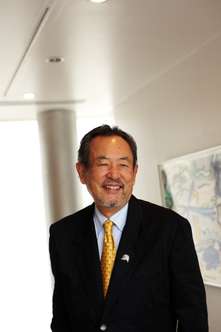
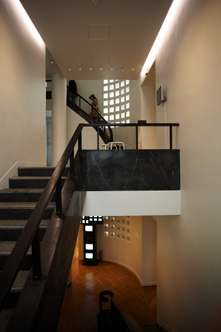
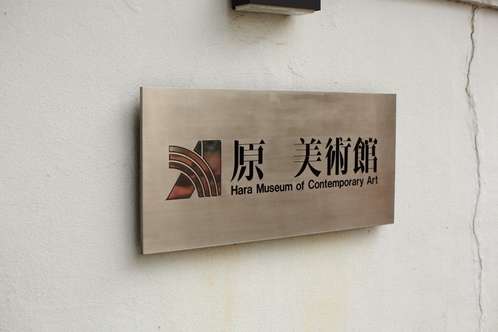
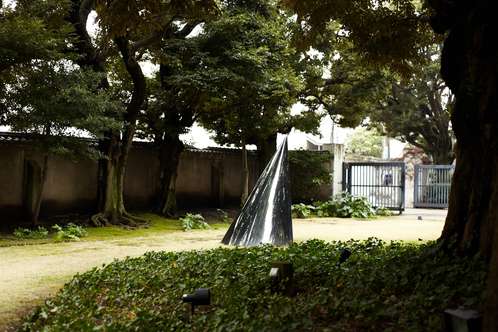
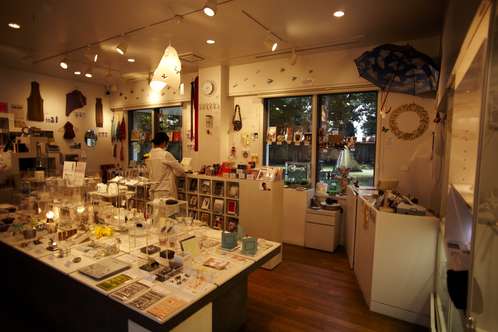
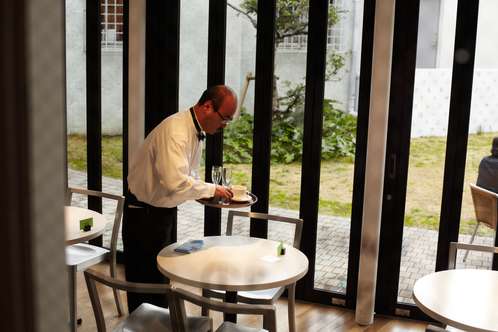

Acquiring new works is based on a pyramid system – at the bottom we have the curators who identify artists we want to pursue, or weaknesses in the collection. Then we persuade Nick [Serota, director of Tate] what we want to do. We then approach the acquisition groups and trustees with 10 things, from Latin America say, that we would like to acquire. They then take a vote.
What we’re doing successfully these days is acquiring new British art at just the right moment. We can’t be too risk-taking with artists emerging from art school. But we buy their art as soon as they begin to put down roots in the cultural infrastructure. It’s much more difficult internationally; the world is huge.
Looking back after 10 years, I’d say to other museums, don’t doubt the public’s ability to get to grips with difficult things. Great things can come out of putting work and people together.
Morris’s perfect museums
Schaulager, Basel I like the way they’ve made works in storage accessible with a series of by-appointment storage spaces.
Ethnographic Museum, Warsaw I love encounters that are learning experiences with unfamiliar objects and areas.
ESSAY 02
On curating
Alison Gingeras, head curator, the François Pinault Collection
I didn’t start out wanting to be a curator. I had ambitions to be an art historian with a focus on primitive Flemish painting. But when I was in Brussels I discovered modern and contemporary art through the work of Marcel Broodthaers and it radically changed my focus. I then came to work at the Guggenheim in New York just before they opened Bilbao. At the museum, I saw how culture is made in the present tense. I started thinking about abandoning academia to work hands-on with artists. I wanted to have a kind of agency for shaping what we think about the art of our time.
The Pinault Collection is really about the vision of a single person. So the primary difference between that and a museum is that it is not a bureaucracy. Artistic decisions can be made with conviction and spontaneity in a way that is more difficult to do in an established museum. Because every museum has a committee and director you can’t really get behind an artist and say, ‘Oh my God, I did a studio visit with this artist and I really want to give him a chance.’
My job as curator is a lifeline between the artist and the collector – I am trying to keep my finger on the pulse not only of what they are making, but what are they thinking about. Once in a while I try and expand François Pinault’s experience of an artist and try to bring him to some new figures. We are trying to help the collector shape a collection that means something. Pinault is really thinking about creating an ongoing thing that changes a landscape and gives back. Pinault wants to have a public presence that transcends a vanity project – something that will have a lasting legacy.
Gingeras' two favourite private collections
Howard Rachofsky, Dallas A unique dialogue between Arte Povera and contem-porary artists such as Mark Grotjahn.
Marcel Brient, Paris Over 40 years Marcel Brient has completely trusted his gut, no matter how young an artist is.
MUSEUM 02
New Museum
New York
Of all the museums in New York, only the New Museum can allude to a truly vagabond past – it was without a home for more than 30 years. “Part of the institution’s charm was its flexibility, scrappiness,” says director Lisa Phillips. “But it became a handicap and a challenge that was difficult to sustain.” After decades of pioneering, but nomadic, shows, the museum decided to put down some roots. Their chosen base was the notoriously shabby Bowery. Three years later Tokyo-based SANAA’s milky-white, stacked-box design was erected – and downtown New York had its first fully-fledged contemporary arts museum. “We don’t work within accepted hierarchies,” says curator Massimiliano Gioni, who inaugurated the museum’s blockbuster Younger than Jesus show and the recent Jeff Koons-curated Skin Fruit show (pictured). “We have to be much more versatile, not just a stale place to park masterpieces. But this is our history and speciality.”
newmuseum.org
Three other art galleries we like
01
MOCA, LA
Especially now Jeffrey Deitch has turned from dealer to director.
02
Denver Art Museum
Comprehensive international collection nestled in the Rocky Mountains.
03
Walker Art Centre, Minneapolis
For its 11-acre sculpture garden.
Why it works
01
The location
Hands down the best in NYC. What’s more, it radically changed the area from a neglected part of the city into one of the most up and coming.
02
Parties
On the roof balcony in the summer time are perhaps some of the best in NYC.
03
Change is sexy
No permanent collection means the galleries change for every show.
04
It takes risks
This March the Dakis Joannou collection took over the museum, setting a precedent for museum/collector collaborations.
MUSEUM 03
Hara Museum of Contemporary Art
Tokyo
When Toshio Hara decided to open Japan’s first contemporary art museum more than 30 years ago, he didn’t have a collection but he did have a unique location – his grandparents’ pre-war Tokyo residence, a leafy Bauhaus-style villa built in 1938 by the architect Jin Watanabe. “Most people build up a collection and then open a museum,” laughs Hara. “I did it the other way round.”
Hara had in mind something small and residential like the Louisiana in Copenhagen. With seed money from his family, he started the collection and then set about his mission to introduce new work. The museum opened in 1979 and has gone on to become Japan’s most influential contemporary art museum. Unfettered by corporate or public obligations, Hara follows his instincts and is never swayed by big names. “I’m not an artist hunter,” he jokes. But he does have a knack of spotting artists just as they are on the rise.
The exhibition programme is refreshingly eclectic. Chinese video artist Yang Fudong will soon give way to William Eggleston – “Sometimes it’s good to work with artists from my own generation,” Hara laughs.
haramuseum.or.jp
Three other Japanese galleries we like
01
Inujima Art-Project, near Okayama
Only 50 people at a time are allowed to visit this former copper refinery.
02
Towada Art Center
Designed by co-founder of SANAA architects, Ryue Nishizawa.
03
Mori Art Museum, Tokyo
Amazing touring exhibitions.
Why It Works
01
Scale
The domestic dimensions make it a comfortable place to spend an afternoon.
02
Programme
No two shows are the same; they could be anything from Thai design to calligraphic paintings. The Hara doesn’t do blockbusters – exhibitions are small and focused.
03
Collection
In the early days, Hara bought works by the likes of Jackson Pollock and Yves Klein. The Hara was the first museum to buy a work by Ai Wei Wei (nearly 20 years ago), now China’s most famous living artist. It also has a rural outpost, Hara ARC in Gunma. Last year architect Arata Isozaki added an annex for Hara’s great grandfather’s collection of East Asian art.
ESSAY 03
On building
Richard Meier, architect, the Getty Center, Los Angeles
Everything about the design of the Getty was unique from beginning to end. There was no programme and no idea except to build a museum with a study centre. We analysed the site and figured out what could happen there while they put together their programme. Several different entities for the museum emerged: as a public destination, a great library, a centre for the history of art, a place for scholars and somewhere people could eat.
A lot of the organisation of the buildings came from the form of the site itself, which was very influential in what you could and couldn’t do. The most important thing to me, as someone from the East Coast working in southern California, is the climate and the relationship between the interior and exterior – the way you go to galleries and gardens, the freedom of movement and the openness. Every day is beautiful there and being at the Getty should take advantage of that. It shouldn’t be hermetically sealed. The landscape, the views and the gardens are all part of the experience. For me, a museum is a place to look at art, but it is also a community space. The Getty is a primary example of where people like to go and meet their friends and stop in and see some art.
When I was selected to do the Getty they asked me, “What do you think it should be made of?” I said “Stone”. I didn’t know what I was talking about, but I thought it should be a material that has a sense of permanence, solidity and longevity – especially because Los Angeles is a city with little permanent feel to it.
When we started we discovered there was an inner fault line that ran through the site. Nothing had happened there in 7,000 years, but we had to take into consideration that there could be an earthquake. It is now the safest place in Los Angeles.
Meier’s museum design top tips
01 A celebrated entrance.
02 Light!
03 Get people to move through the space.
04 An interesting relationship between interior and exterior spaces.
05 Large and small-scale spaces.
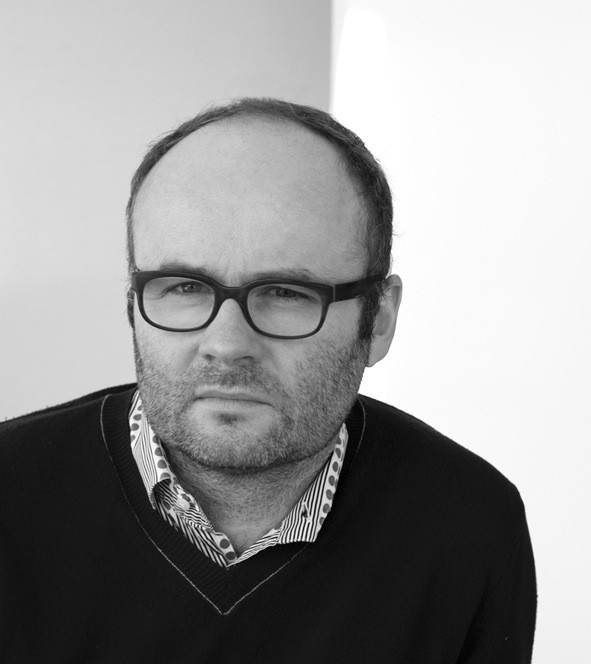
Q&A
Thomas Demand
Artist, Berlin
Which museums get it right?
I think the Ludwig Múzeum in Budapest is doing a great programme – but no one seems to acknowledge it. The Hammer in LA is doing a superb job, especially their side programme; Kunsthalle Zürich, the new National Gallery Berlin – but I am hardly unbiased.
Which major museum needs to try harder?
That’s not up to me, but I was hoping that Álvaro Siza’s Iberê Camargo in Porto Alegre, Brazil, would be able to meet the high expectations its building was proposing. It got pretty local in scope and programme.
As an artist, what sort of achievement is it to be shown in a national institute?
Double-sided medal: I always tried to avoid it as long as I could, because everyone you walk into has an opinion about it, even the fishmonger. On the other hand, you’ll get the best fish in the shop for a while.
What is it like to work with major institutions? Is it worth it?
Absolutely. The idea of an institution is also its spirit, the information they want to make available to future generations and the ability to get great people together for an idea which is always underrepresented in society – in other words it’s not only the bricks which make the museum.
What one piece of advice would you offer to large museums?
You need a director who can make everyone in the institution feel an important part of it, so anyone would see that napkin in the corner and pick it up, for instance.
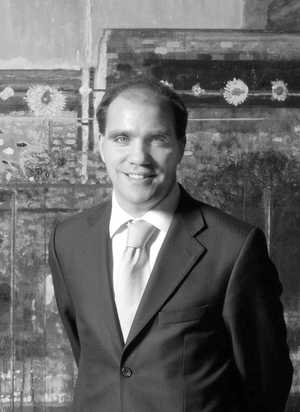
Q&A
Francis Outred
International director and European head of post-war and contemporary art
Christie’s
London
Which international museum gets it right?
I never cease to be amazed by the achieve-ments of the Metropolitan Museum, New York. The space is incredible and their historical collections are unrivalled, but what is also impressive is their approach to contemporary art. I have a particular soft spot for photography and always enjoy their dedicated rooms.
What’s a hidden gem?
Copenhagen has a small name on the artistic map but the Louisiana is arguably the most picturesque museum in the world. Perched on the waterfront, it is a pilgrimage to get there but the situation, and the first-rate permanent collection, assembled in the 1960s, make it one of the unique museum experiences in the world.
Which major museum needs to try harder?
In recent years many museums have opened throughout the world and the architecture has become as much of a talking point as their exhibitions. There are a few that seem to have prized architectural and public space over high quality exhibition galleries to the point where the bathrooms and lobbies are the largest spaces in the building!
Who needs to refresh their collection?
This used to be a taboo subject, since collecting was for life and real collectors never sold, but I think it has now become accepted that in order to build world-class collections we need to “trade up” and recognise our “mistakes”.
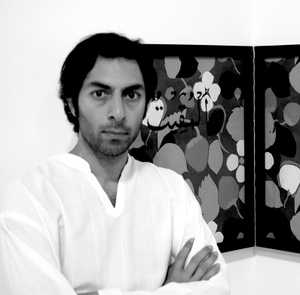
Q&A
Shezad Dawood
Artist
London
Which international museum gets it right?
Van Abbemuseum in Eindhoven does a very good job of integrating a collection with experimental curating (including working with artists as curators).
Which museum needs to try harder?
A fair few are riddled with parochialism and an inability to think outside of the box curatorially, from a truly international and non-hierarchical perspective. This is not so much the fault of the museums, as down to the shortage of truly wise, visionary individuals; although the museums would do well to create the possibility of encouraging such individuals.
What sort of achievement is it to be shown in a national institution?
It’s very important, not least because it opens your work up to a much larger audience. In fact it’s as important as ever. What has changed is the need to open your working practice up to other modes of distribution, for example artists working with site-specific practices; working with communities and non-institutional spaces.
What one piece of advice would you offer to the new generation of museums in Abu Dhabi?
To take their time, to work with good curators (as they’re already doing). And most importantly to ignore faddish trends, and invest in rigorous, critical and conceptual practices which always bear fruit in the longer-term.
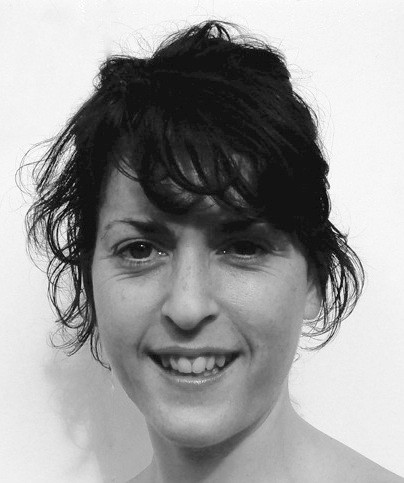
Q&A
Charlotte Cotton
Creative director for London galleries
National Media Museum, Bradford, England
Can you describe your curatorial approach for the new London Galleries at the National Media Museum?
Typically, art institutions place exhibitions at the top of their pyramids while other activities – such as publishing, events, workshops and screenings – are seen as ancillary. I think all of these elements of a programme are of equal importance. I want our new space to flatten the hierarchy.
What are the challenges of launching an entirely new division of a museum?
I am excited about the challenge of setting up a model whereby our space is the forum for shared and various ideas about the future of the mediums we creatively use. At this museum we are seeing if we can close the unnecessary gap between the institution’s programme and what we ordinarily make, consume and think about lens-based media.
Are there any models you are referencing in your curatorial process?
I’m interested in three Los Angeles-based initiatives – Machine Project, The Public School (run by Telic) and Farmlab, which was set up by the artist Lauren Bon.
What are the important questions to ask at this early stage?
I’m asking questions such as, “How does a museum actively support creative practice, beyond merely exhibiting complete, market-sentient art objects.” This is an especially salient point when you are thinking about lens-based and digital practice, which is not only undergoing massive changes right now in terms of what the production and dissemination possibilities are, but also breaking down the glass ceilings between professionals and amateurs.
What museums’ collections/ exhibition calendars do you feel get it right?
Whitechapel, London and Palais de Tokyo in Paris are definitely in my mind a lot at the moment.
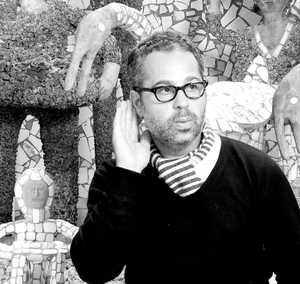
Q&A
James Brett
Curator
The Museum of Everything, London
Which international museum gets it right?
The Wellcome Collection gets it way right: strange shows, human anatomy, endless curiosity. Sir John Soane’s Museum is the opposite, super romantic, very up my street: a magnificent open secret tucked away in Holborn, crammed to the rafters with artefacts galore, it’s one giant whim created by a brilliant compulsive man. The Casa do Pontal [Brazilian folk art museum outside Rio]. It’s an assembly of artisanal figurative art, funny wooden people doing funny wooden things. It is an entire universe of Brazilian street life put together by a long-gone Frenchman who saw how astonishing his tropicalian street-world was.
What’s a hidden gem?
Gems shouldn’t really be hidden, they should just feel hidden. I still don’t really know quite why we are the hit we are. Let people bring their dogs in, and always serve a warm cup of tea. Be a little bit specific with what you show. No-one knows what they really like or want.
Which major museum needs to try harder?
The Museum of Modern Art does. The Tate does.
Who needs to refresh their collection?
Anywhere with too much prehistoric contemporary art. We see it in every gallery, every auction house, every shopping mall in the world. Great work stays fresh.

Q&A
Anita Zabludowicz
Collector and founder
176/Zabludowicz Collection, London
Which international museum gets it right?
The museums that get it right are the ones that look to the future, the present and the past. New York’s MoMA is a good example.
Which major museum needs to try harder?
As someone who is looking constantly at contemporary art in the UK I feel that Tate could try a little harder to show the present and future of this country – it’s main outlets for this remain Level 2 and Art Now, which are done incredibly well but are somewhat limited.
Who manages to stay world-class with its new acquisitions?
The three leaders are the Rubell Family Collection and the De la Cruz Collection in Miami, and the Deste Foundation in Athens.
Who does not?
I do not personally like some of the more masculine collections – some of them are too much like trophy hunting.
What one piece of advice would you offer to large galleries based on your own experience?
My experience with our space at 176 Prince of Wales Road in London makes me respect large galleries and institutions all the more. Communicating with specialised art to a wider audience is not easy, but it is essential and we try hard to do this – as should any institution exhibiting contemporary art.
Where in the world?
Monocle's perfect museum in pieces
01 Best curator
Drorit Gur Arie at Israel’s tiny Petach Tikva Museum. Her exhibitions consistently challenge the traditional Israel narrative, and local politics. She’s a risk-taker, one of the few in Israel giving minorities an opportunity to show their work, as in the recent show by Christian-Arab-Jewish artist Dor Guez.
02 Best storage facilities
Basel’s Herzog & de Meuron-designed Schaulager treats its backstage storage facilities like gallery rooms, where visitors can see archived works by greats such as Bruce Nauman by appointment.
03 Best of the Gulf
Showing that the Middle East museum industry can be just as sensational when being vernacular as it can using collections from the West, the Museum of Islamic Art in Doha is our favourite of all the superstar museums down that way, with IM Pei at the drawing board.
04 Best co-operative
Tokyo has its fair share of small, lo-fi galleries and, in a tough economic climate (and to raise their profile internationally), a number have joined forces: the New Tokyo Contemporaries is a collective of seven key independent galleries who have cleverly co-ordinated since 2008 on a number of shows.
05 Best location
Oceania might feel a very long way from the world’s cultural hotspots but it has some corkers. Not least the Auckland Museum, sat authoritatively on Pukekawa hill, surrounded by beautiful parkland. Its rooms are stuffed with curious Pacific artefacts – shields, spears and shells – all hard to come by back West.
06 Best hang
Madrid’s Thyssen-Bornemisza has a pretty faultless collection, plus some very clear-cut architecture, so it can hang everything chronologically. The thought of being put on those salmon-pink walls might have Ghirlandaio and Kandinsky turning in their graves but we admire the curatorial clarity.
07 Best neighbourhood gallery
The dinky Circa on Jellicoe Gallery, designed by StudioMAS, is hidden in Johannesburg’s leafy Rosebank suburb but already making a name for itself by making world-class art accessible and simultaneously addressing the city’s shortage of public space.
08 Best national collection
Before there was Abramovich, there was Catherine the Great and the Hermitage, and she was responsible for kicking off one of the world’s greatest collections in the 18th century. It is housed in, needless to say, a museum complex that would make Saadiyat Island cry.
09 Best old-meets-new
The Museu do Açude in Rio is a former private house with post-colonial historical objects inside, while the rainforest garden houses outdoor sculpture by some of Brazil’s best avant-garde artists. A magical place where art and nature truly tropically entwine.
10 Best café
Take a seat in the MUT-designed Restaurant 51 at the Cinémathèque Française in Paris. Its wooden picnic benches snake from the Parc de Bercy outside into the restaurant’s cosy interior. Recharge with bistro classics.
11 Best parties
Each summer the courtyards at MoMA’s PS1 in New York open up from afternoon to evening for Warm Up, while the galleries behind hosts some of the most cutting-edge contemporary art shows in the city.
Ne plus ultra (well, almost…)
Nice tour, but can we define the Perfect Museum? It’s clearly a matter of taste, which is why we’ve consulted a super-collector’s curator and the Tate’s estimable eagle eye – but would we rather wander the halls of a wealthy hobbyist or a collection owned by and for the nation? Both, because of the difference: you occasionally get the feel of a shopping spree with Mr Pinault and Mr Saatchi while the buying habits of public institutions can seem sometimes baffling. We want surprise, enchantment and education in a building that lives up to its Old Masters and hip, young gunslingers. These are no longer the dusty places for rainy Sundays from our childhood; museums, thanks to a boom in blockbuster shows, investment in architecture and in great art itself, have again become the regenerative, civilising, enlightening places – the homes of the Muses – they were named for.


